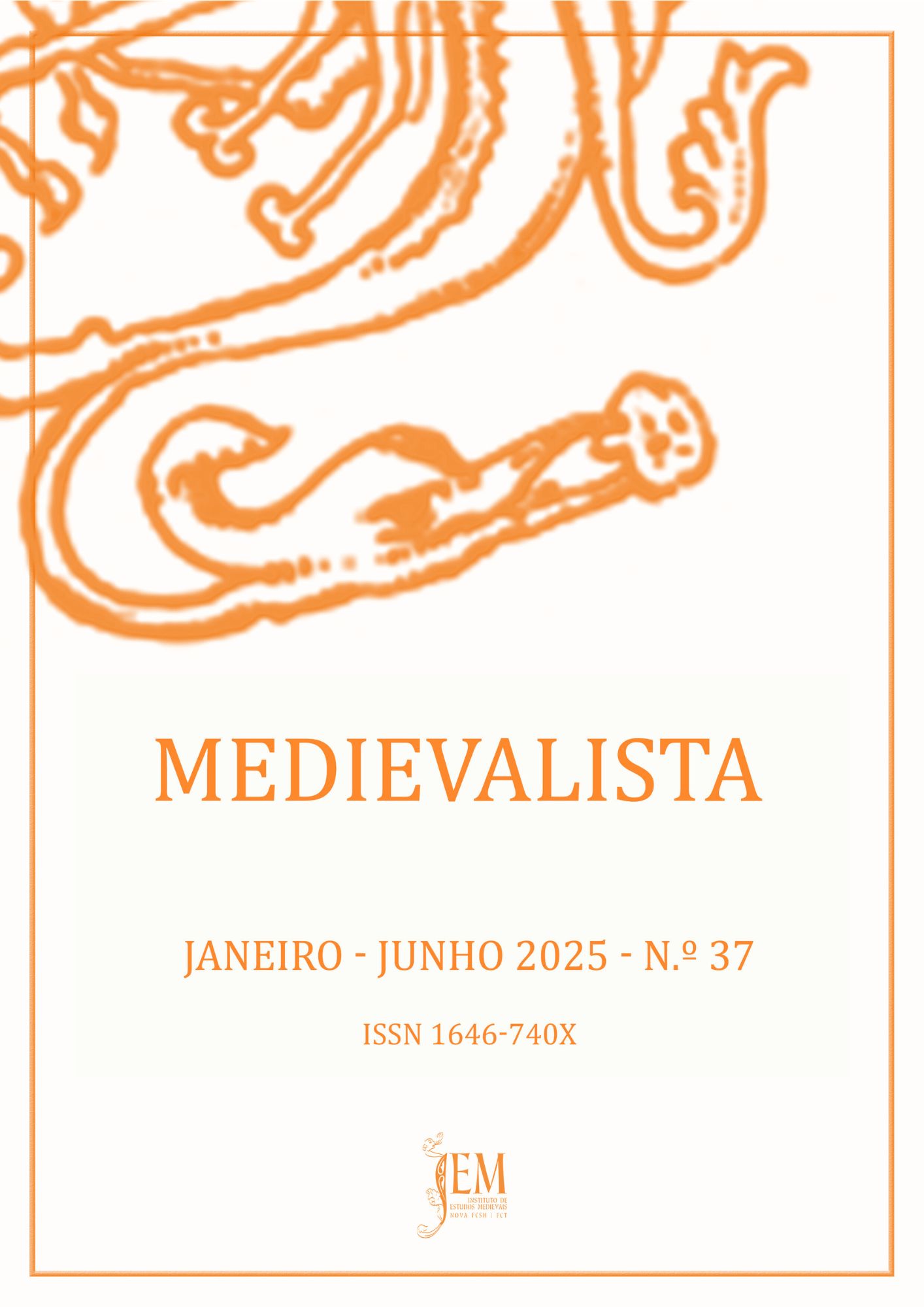The liber sepulturarum of the collegiate church of Saint- Paul of Lyon: topography and sociology
DOI:
https://doi.org/10.4000/134b4Parole chiave:
Lyon, parish church, collegiate church, cemetery, gravestones, sociologyAbstract
The liber sepulturarum of the collegiate church of Saint-Paul in Lyon is a unique document that was published but never actually utilised in a more in-depth study. Using a database created from the published edition, it was possible to conduct inquiries and to consider the commemorative strategies of the parishioners. Dating from the end of the fourteenth – beginning of the fifteenth century, month by month, week by week, the anniversaries and the locations of the graves of the deceased who founded one or more anniversaries are listed. Thus, in this book, which contains the records of more than twelve hundred people, men and women, laymen and clerics, the location of the tombs – in the cemetery, the cloister or other places surrounding the canonical quarter – was meticulously recorded, so they could be located for commemoration on the day of the foundation of the anniversary. This document allows a topographical approach to the burial sites (cloister, cemetery, the parish church of Saint-Laurent, chapels, the space between the two churches, the chevet of the collegiate church, etc.) and, through the references therein, also a social approach, whereby elements such as occupation, origin, gender, marriage and family connections can be established. Further questions arise, such as the reuse of graves or differences in treatment between men and women (half as many as men). The descriptions provided by the document also allow to envisage with some precision the shapes of the graves (inscription, representations, etc.). Some of the tombs described, dating back to the thirteenth century, still exist, a number of which serve as actual landmarks. Thus, with the database created for this work, it is possible to precisely locate these various places using a GIS and ancient representations and understand how the parishioners, canons, people linked to the community (canons' servants, bell ringers, etc.) and outsiders fit into this city of the dead. The following question also emerges: the apparent absence of burials in the collegiate church. The cross-referencing of this remarkable document with other sources, whether archaeological or archival, provides a better understanding of the organisation of parish life and the status of lay people within a parish run by canons.
Downloads
Pubblicato
Come citare
Fascicolo
Sezione
Licenza
Copyright (c) 2025 Medievalista

TQuesto lavoro è fornito con la licenza Creative Commons Attribuzione 4.0 Internazionale.



 Financiado por fundos nacionais através dos Financiamentos Base, com a referência UIDB/00749/2020 (DOI: 10.54499/UIDB/00749/2020), e Programático, com a referência UIDP/00749/2020 (DOI: 10.54499/UIDP/00749/2020), do Instituto de Estudos Medievais.
Financiado por fundos nacionais através dos Financiamentos Base, com a referência UIDB/00749/2020 (DOI: 10.54499/UIDB/00749/2020), e Programático, com a referência UIDP/00749/2020 (DOI: 10.54499/UIDP/00749/2020), do Instituto de Estudos Medievais.
